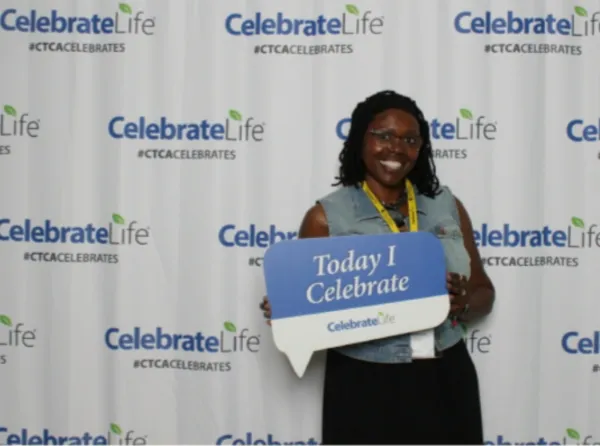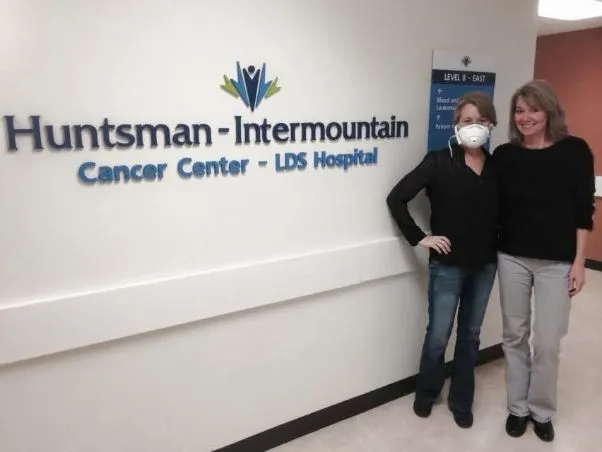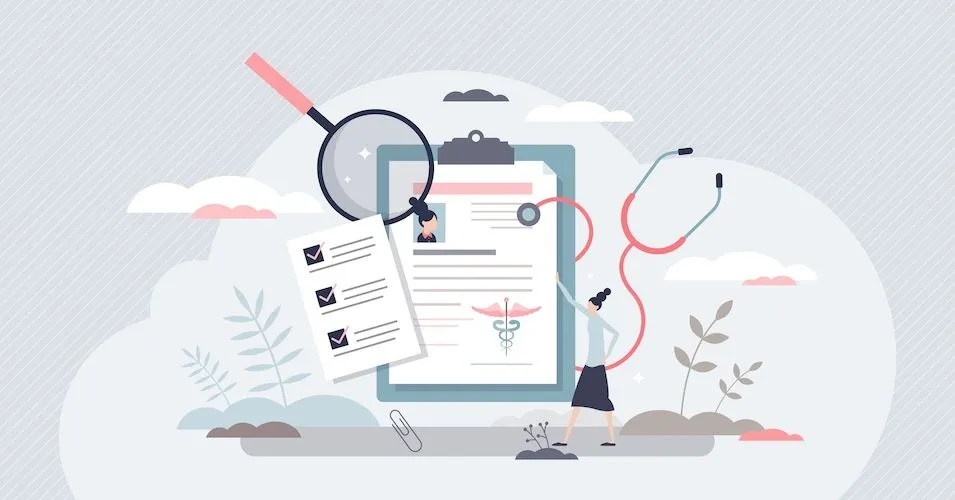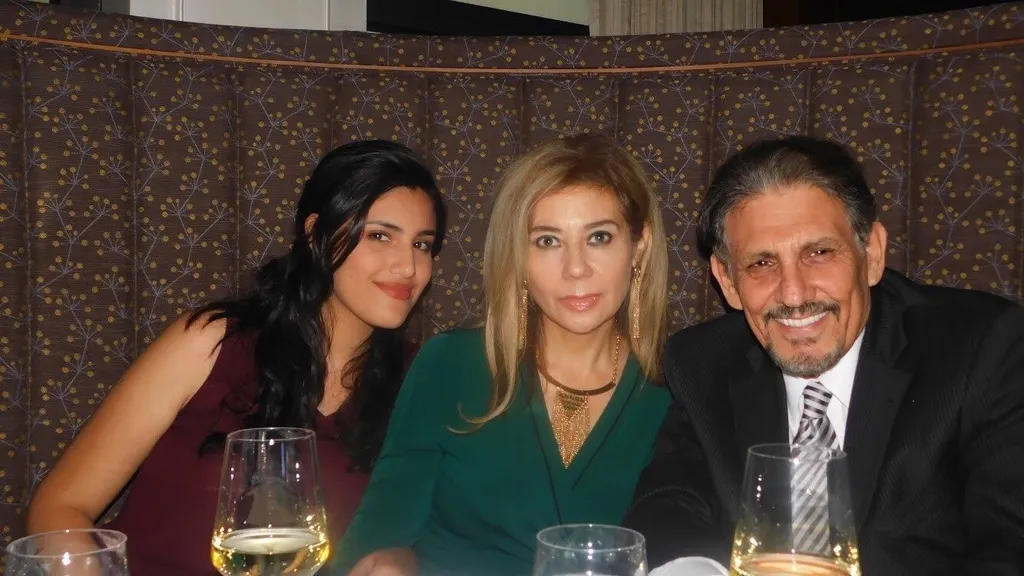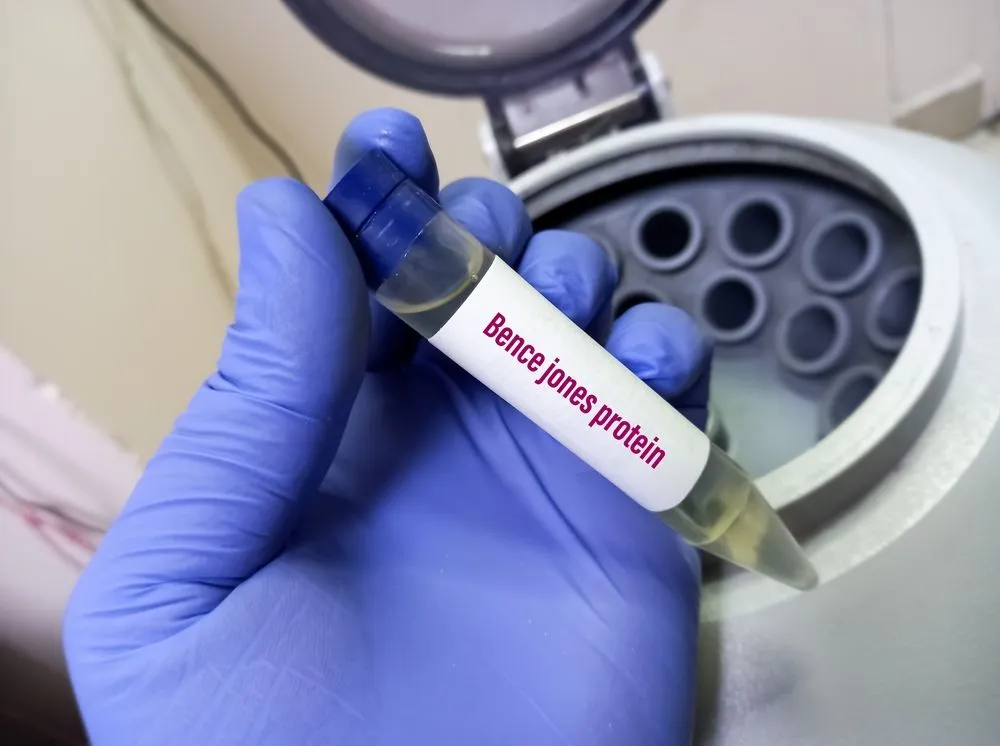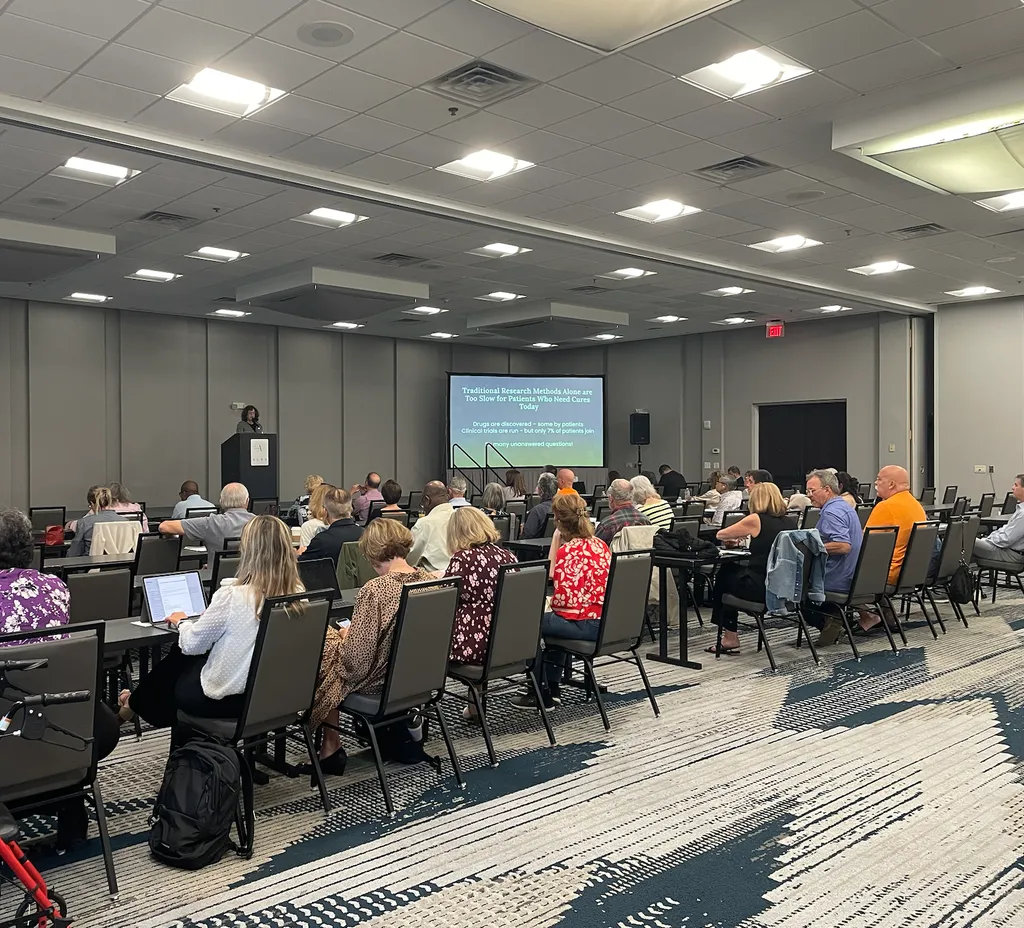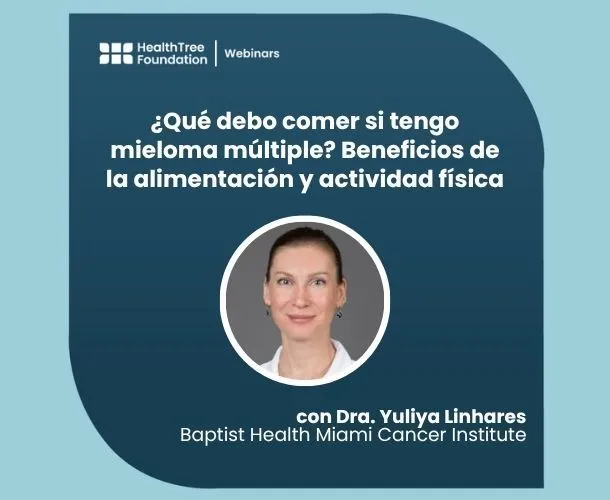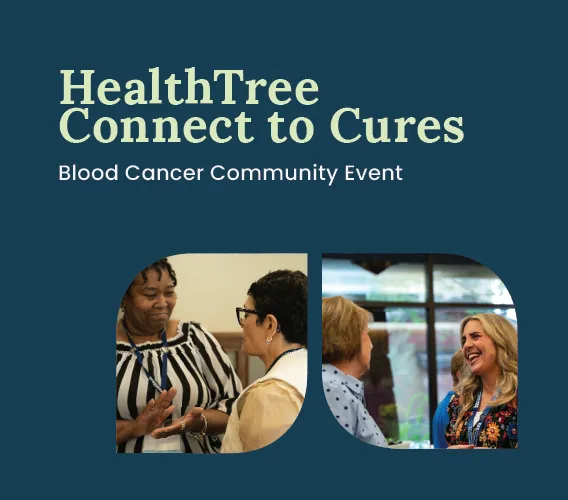Myeloma Story of a CAR-T Cell Therapy
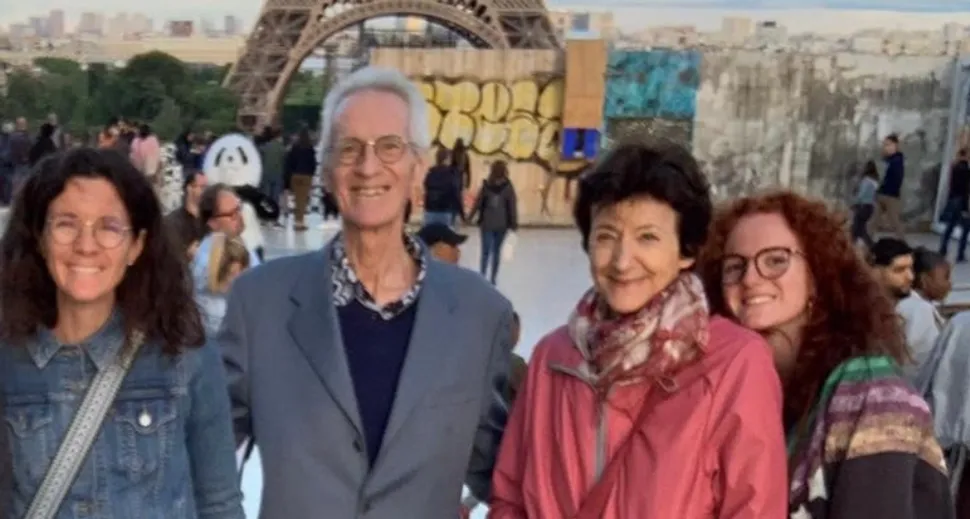
BY WILLIAM CASLER
Since the Spring of 2010, I have been undergoing almost constant treatment for myeloma, first diagnosed in the fall of 2009.
After two transplants (the first in 2010, the second in 2018), participation in a clinical trial (a triplet combination of carfilzomib/daratumamab/dex in 2017-2018), and a recent regime of pomalidomide (2018-2021), I became a candidate for CAR T cell treatment.
Here's a little about me:
- I have lived in France since 1971. When I arrived from California at the age of 23, I married a French woman and chose to make my life here. I studied at university in Germany between 1968 and 1970 as part of my undergraduate studies.
- I lived in the UK, in Oxford, from 1994 to 1999 where I co-ordinated a merger project between a French Grande Ecole and a London university.
- I ended my professional career as Director of Communications at ESCP, a European business school with campuses in Paris, London, Berlin, Madrid, Turin and Warsaw. My language skills have served me well!
What is a CAR?
First of all, I would like to express my gratitude to the medical team in immuno-hematology at the Saint-Louis Hospital in Paris who made it possible for me to undertake this cutting-edge treatment called CAR T cell therapy.
Everyone knows what a CAR is. It is a means of transportation, an automobile. Interestingly, a 4th generation CAR currently under investigation is called a TRUCK, a vehicle capable of transporting even heavier and more diverse loads to its destination. We are talking advanced logistics!
But what exactly does CAR mean? "C" stands for "Chimaera" (adj. chimaeric). In Greek mythology, the Chimaera killed by Bellerophon was a creature with the head of a lion, the body of a goat, and the tail of a snake.
In myeloma treatment, a CAR is exactly that. A lymphocyte – which is a type of white blood cell playing an important role in defending the organism against diseases, including cancer – is given a lion's head.
This lion's head is modified to receive an Antigen Receptor, the "A" and "R" of CAR.
This enables the CAR T cell to recognize a protein present on the surface of all plasma cells called BCMA (B-Cell Maturation Antigen). The CAR T cell captures the plasma cells, in its jaws so to speak, and activates its killer memory.
Once the CAR is attached to the BCMA antigen, it plunges its snake-like tail into the plasma cells – notably the myeloma cells – and kills them. It's both simple and complex.
Let's take a closer look.
The 6 Steps of CAR T Cell Therapy
Step 1
The first step of a CAR T cell treatment is the harvesting of lymphocytes, a procedure called apheresis, much like the harvesting of stem cells for a bone marrow transplant, except that the harvesting of lymphocytes can be done in a singe 4-5 hour session. In comparison, for stem cells, the patient requires treatment to stimulate their production to ensure that a large quantity of stem cells is circulating in the blood; their harvesting can take 4 or 5 days in multiple 4-5 hour session. In short, harvesting lymphcytes is much easier and faster.
Step 2
The second step is to send the lymphocytes to the factor for their modification and growth. For the time being, the one existing factory for BMS/Celgene's ABECMA product, the only myeloma-targeting CAR currently authorized for temporary use in the EU, is in the USA, in New Jersey. A second CAR, called CARVYTIK by Janssen, was recently approved in the USA and should soon be approved in the EU as well; it will be produced in a plant in Belgium, which should facilitate access. This stage of CAR production and growth in the factory can take from 6 to 8 weeks.
Step 3
The third step depends on each individual patient. It is a tailored treatment that allows the patient to wait for the arrival and re-injection of the modified lymphocytes. Some patients are more fragile and their disease progresses rapidly. Therefore, an intermediate treatment, called "bridging therapy", is needed for them to wait out the production period. In my case, I did not require bridging therapy.
Step 4
The fourth step is admission to the hospital for treatment. Day 1 is for last-minute tests and analyses. I had a PET scan and visits to the cardiologist and the neurologist; each examination lasts about an hour. Then, Day 2 begins with lymphodepletion, a medical term referring to 3 days of chemotherapy to create space for the modified lymphocytes. Everyone gets it, no exceptions. So, chemo for three days, then two days of rest.
Step 5
It's Monday, 6 days after hospitalization, everything is in place. The re-injection of the modified lymphocytes, the CAR T cells, can commence. Two small pouches of CAR Ts, like for stem cells, are infused over 45 minutes. This is the 5th and penultimate step.
What characterizes this step is the side effects and their management. I experienced 22 different side effects to varying degrees (an oncologist friend of mine told me: I didn’t know there were that many!).
The great classic for myeloma is CRS, Cytokine Release Syndrome; for me, a Grade 2 Adverse Event with very high fever (41.3 C). Another major side effect is thrombocytopenia, a huge decrease in platelets (in healthy patients a minimum of 150,000 per microliter is expected; I had 12,000 at the lowest and needed three platelet transfusions – Grade 4).
Another is acute anemia, in my case Grade 3, 7.6 g/dl, resulting in three transfusions, now followed by EPO until I get back to normal levels (at least 11 g/dl). I won't list all the side effects, but I lost my appetite and lots of weight; I experienced serious fatigue, nausea, diarrhea, insomnia and pain, especially because I had bone lesions (I used morphine for several days and still recall the colorful images and bizarre conversations).
You may also experience confusion and neurological absences. I decided to keep a diary during the treatment. For three days after the re-injection of the CAR T cells there are no entries.
Step 6
The sixth and "final" step of the therapy is the return home where the medical follow-up continues for another 4 to 6 weeks. This phase includes weekly consultations at the hospital and 2 blood tests per week. Lots of medicine: in my case Zelitrex, Amoxicillin, Bactrim, EPO, Zarzio, Diffu K, Primperan, Tiorfan, Bisoprolol, Ramipril, and Paracetamol. If the goal of CAR T cell therapy is to free us from drugs, it doesn't happen on Day One!
In conclusion, I wish to quote from a recent article by Professor Bertrand Arnulf, in charge of Immuno-Hematology at Saint Louis Hospital in Paris. Published in the Bulletin du Cancer in December 2021, this extract is interesting for us as myeloma patients and caregivers:
Despite recent therapeutic advances, multiple myeloma remains an incurable disease. The current therapeutic arsenal is insufficient for refractory patients. Chimaeric Antigene Receptor T-cells (CARs) are an innovative form of cellular immunotherapy in that they reprogramme T-cells (CAR-Ts) to induce an anti-tumor response... [Ide-cel], an anti-BCMA CAR-T, has shown impressive efficacy in heavily pre-treated patients and now has FDA and EMA approval and a Temporary Use Authorization in France... The arrival of CAR-T therapy for multiple myeloma opens the door to additional therapeutic innovations and the achievement of prolonged remissions, perhaps even cures.
Obviously, it is this last sentence that resonates with all of us. I will not know for at least a month whether the therapy has been successful. But now, in early June, I am feeling good and am on the mend.
Best wishes on your myeloma journey and on your road to recovery.
William Casler, Paris, June 2022
PS. July 2022. The road to recovery has been long and winding. It has been difficult to achieve acceptable blood level counts (red, white and platelets). I have had multiple blood transfusions, though now my bone marrow seems to have started functioning properly again. The net result has been considerable fatigue and a slow recovery. This was complicated by an episode of Covid, luckily without consequence but still requiring additional medicine. At my last consultation, the light chains were at 6, down from almost 900, and the M spike level measurable at 4. I have achieved only partial remission at present. There is still room for improvement.
BY WILLIAM CASLER
Since the Spring of 2010, I have been undergoing almost constant treatment for myeloma, first diagnosed in the fall of 2009.
After two transplants (the first in 2010, the second in 2018), participation in a clinical trial (a triplet combination of carfilzomib/daratumamab/dex in 2017-2018), and a recent regime of pomalidomide (2018-2021), I became a candidate for CAR T cell treatment.
Here's a little about me:
- I have lived in France since 1971. When I arrived from California at the age of 23, I married a French woman and chose to make my life here. I studied at university in Germany between 1968 and 1970 as part of my undergraduate studies.
- I lived in the UK, in Oxford, from 1994 to 1999 where I co-ordinated a merger project between a French Grande Ecole and a London university.
- I ended my professional career as Director of Communications at ESCP, a European business school with campuses in Paris, London, Berlin, Madrid, Turin and Warsaw. My language skills have served me well!
What is a CAR?
First of all, I would like to express my gratitude to the medical team in immuno-hematology at the Saint-Louis Hospital in Paris who made it possible for me to undertake this cutting-edge treatment called CAR T cell therapy.
Everyone knows what a CAR is. It is a means of transportation, an automobile. Interestingly, a 4th generation CAR currently under investigation is called a TRUCK, a vehicle capable of transporting even heavier and more diverse loads to its destination. We are talking advanced logistics!
But what exactly does CAR mean? "C" stands for "Chimaera" (adj. chimaeric). In Greek mythology, the Chimaera killed by Bellerophon was a creature with the head of a lion, the body of a goat, and the tail of a snake.
In myeloma treatment, a CAR is exactly that. A lymphocyte – which is a type of white blood cell playing an important role in defending the organism against diseases, including cancer – is given a lion's head.
This lion's head is modified to receive an Antigen Receptor, the "A" and "R" of CAR.
This enables the CAR T cell to recognize a protein present on the surface of all plasma cells called BCMA (B-Cell Maturation Antigen). The CAR T cell captures the plasma cells, in its jaws so to speak, and activates its killer memory.
Once the CAR is attached to the BCMA antigen, it plunges its snake-like tail into the plasma cells – notably the myeloma cells – and kills them. It's both simple and complex.
Let's take a closer look.
The 6 Steps of CAR T Cell Therapy
Step 1
The first step of a CAR T cell treatment is the harvesting of lymphocytes, a procedure called apheresis, much like the harvesting of stem cells for a bone marrow transplant, except that the harvesting of lymphocytes can be done in a singe 4-5 hour session. In comparison, for stem cells, the patient requires treatment to stimulate their production to ensure that a large quantity of stem cells is circulating in the blood; their harvesting can take 4 or 5 days in multiple 4-5 hour session. In short, harvesting lymphcytes is much easier and faster.
Step 2
The second step is to send the lymphocytes to the factor for their modification and growth. For the time being, the one existing factory for BMS/Celgene's ABECMA product, the only myeloma-targeting CAR currently authorized for temporary use in the EU, is in the USA, in New Jersey. A second CAR, called CARVYTIK by Janssen, was recently approved in the USA and should soon be approved in the EU as well; it will be produced in a plant in Belgium, which should facilitate access. This stage of CAR production and growth in the factory can take from 6 to 8 weeks.
Step 3
The third step depends on each individual patient. It is a tailored treatment that allows the patient to wait for the arrival and re-injection of the modified lymphocytes. Some patients are more fragile and their disease progresses rapidly. Therefore, an intermediate treatment, called "bridging therapy", is needed for them to wait out the production period. In my case, I did not require bridging therapy.
Step 4
The fourth step is admission to the hospital for treatment. Day 1 is for last-minute tests and analyses. I had a PET scan and visits to the cardiologist and the neurologist; each examination lasts about an hour. Then, Day 2 begins with lymphodepletion, a medical term referring to 3 days of chemotherapy to create space for the modified lymphocytes. Everyone gets it, no exceptions. So, chemo for three days, then two days of rest.
Step 5
It's Monday, 6 days after hospitalization, everything is in place. The re-injection of the modified lymphocytes, the CAR T cells, can commence. Two small pouches of CAR Ts, like for stem cells, are infused over 45 minutes. This is the 5th and penultimate step.
What characterizes this step is the side effects and their management. I experienced 22 different side effects to varying degrees (an oncologist friend of mine told me: I didn’t know there were that many!).
The great classic for myeloma is CRS, Cytokine Release Syndrome; for me, a Grade 2 Adverse Event with very high fever (41.3 C). Another major side effect is thrombocytopenia, a huge decrease in platelets (in healthy patients a minimum of 150,000 per microliter is expected; I had 12,000 at the lowest and needed three platelet transfusions – Grade 4).
Another is acute anemia, in my case Grade 3, 7.6 g/dl, resulting in three transfusions, now followed by EPO until I get back to normal levels (at least 11 g/dl). I won't list all the side effects, but I lost my appetite and lots of weight; I experienced serious fatigue, nausea, diarrhea, insomnia and pain, especially because I had bone lesions (I used morphine for several days and still recall the colorful images and bizarre conversations).
You may also experience confusion and neurological absences. I decided to keep a diary during the treatment. For three days after the re-injection of the CAR T cells there are no entries.
Step 6
The sixth and "final" step of the therapy is the return home where the medical follow-up continues for another 4 to 6 weeks. This phase includes weekly consultations at the hospital and 2 blood tests per week. Lots of medicine: in my case Zelitrex, Amoxicillin, Bactrim, EPO, Zarzio, Diffu K, Primperan, Tiorfan, Bisoprolol, Ramipril, and Paracetamol. If the goal of CAR T cell therapy is to free us from drugs, it doesn't happen on Day One!
In conclusion, I wish to quote from a recent article by Professor Bertrand Arnulf, in charge of Immuno-Hematology at Saint Louis Hospital in Paris. Published in the Bulletin du Cancer in December 2021, this extract is interesting for us as myeloma patients and caregivers:
Despite recent therapeutic advances, multiple myeloma remains an incurable disease. The current therapeutic arsenal is insufficient for refractory patients. Chimaeric Antigene Receptor T-cells (CARs) are an innovative form of cellular immunotherapy in that they reprogramme T-cells (CAR-Ts) to induce an anti-tumor response... [Ide-cel], an anti-BCMA CAR-T, has shown impressive efficacy in heavily pre-treated patients and now has FDA and EMA approval and a Temporary Use Authorization in France... The arrival of CAR-T therapy for multiple myeloma opens the door to additional therapeutic innovations and the achievement of prolonged remissions, perhaps even cures.
Obviously, it is this last sentence that resonates with all of us. I will not know for at least a month whether the therapy has been successful. But now, in early June, I am feeling good and am on the mend.
Best wishes on your myeloma journey and on your road to recovery.
William Casler, Paris, June 2022
PS. July 2022. The road to recovery has been long and winding. It has been difficult to achieve acceptable blood level counts (red, white and platelets). I have had multiple blood transfusions, though now my bone marrow seems to have started functioning properly again. The net result has been considerable fatigue and a slow recovery. This was complicated by an episode of Covid, luckily without consequence but still requiring additional medicine. At my last consultation, the light chains were at 6, down from almost 900, and the M spike level measurable at 4. I have achieved only partial remission at present. There is still room for improvement.
about the author
Jennifer Ahlstrom
Myeloma survivor, patient advocate, wife, mom of 6. Believer that patients can contribute to cures by joining HealthTree Cure Hub and joining clinical research. Founder and CEO of HealthTree Foundation.
More on Patient Stories
Trending Articles




Get the Latest Multiple Myeloma Updates, Delivered to You.
By subscribing to the HealthTree newsletter, you'll receive the latest research, treatment updates, and expert insights to help you navigate your health.
